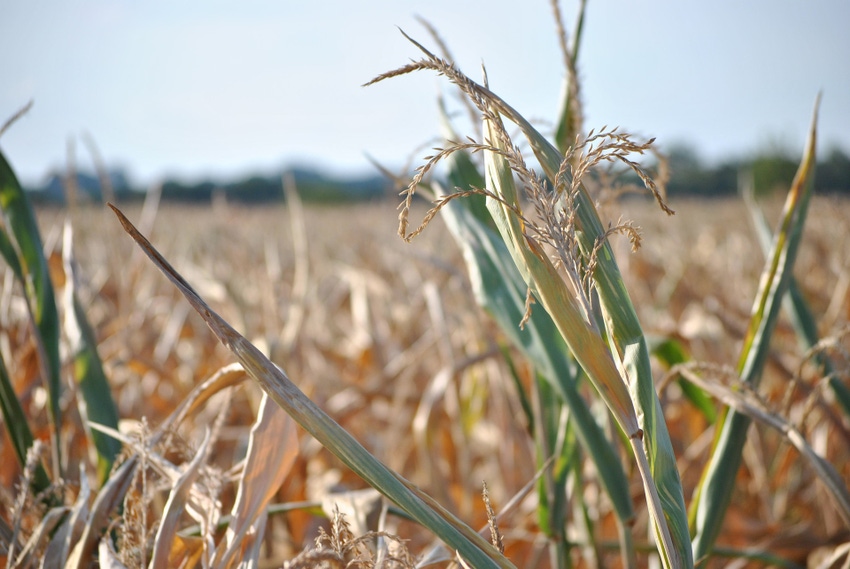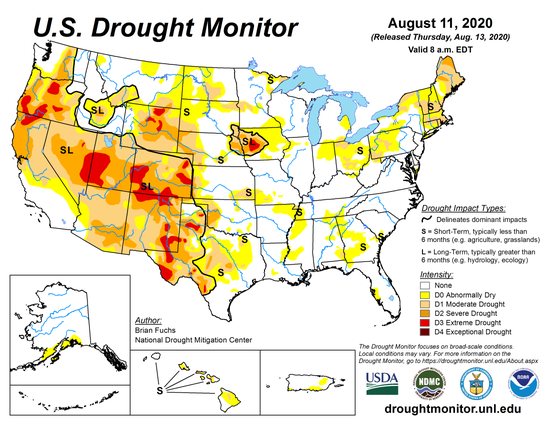Conditions expected to persist from fall into winter before possibly neutralizing next spring.

A hot and dry July, as well as other factors, are indicating the U.S. is now in a La Niña weather pattern, according to Jeff Doran, agribusiness meteorologist and director of Planalytics. Sea surface temperature anomalies show cooling waters and the atmosphere has patterns associated with La Niña, the company noted during an update.
An El Niño pattern is defined by a cooler pattern during the growing season and during the summer. This year has been “the opposite of that,” Doran said, describing July as a “hot and sultry” month.
“July is a very key month because if you have stress during July, we know that that could bring significant impacts to pollinating corn,” he explained.
The good news is that after a hot start to the month, western central areas of the U.S had a much cooler trend, so the stress levels eased, he added.
But, precipitation in the U.S. during July was highly variable, the company said.
The heart of the Plains received adequate and ample moisture, which Doran said was good news for areas that had been experiencing drought. Other areas, however, didn’t get what they needed, particularly across parts of the western Corn Belt and western Iowa. Parts of the eastern Corn Belt are areas of concern, as well, he said.
Significant drought remains across the western half of the country, with most of it in severe to extreme drought, according to the Doran. “That’s a situation that doesn’t look to improve anytime soon.”
The U.S. Drought Monitor showed this week that nearly 34.40% of the U.S. is now in drought, up from 27.46% on July 14. About 53% of the U.S. is experiencing some form of dryness or drought. This will likely continue to expand as Planalytics believes La Niña conditions will be sticking around for the fall and into the winter before possibly neutralizing next spring.

USDA reported this week that 31% of pasture and rangeland is in very poor/poor condition, up from 30% last week. The percentage of pasture and rangeland in fair condition also rose by 1% to 35%.
Planalytics said drier conditions throughout the west and an overall warmer pattern will persist through the fall, the company said, adding that September’s forecast is for warmer temperatures.
“Areas that have cooler temps won’t be that cool.”
For the Corn Belt, there will be some scattered showers, mainly across the northern Corn Belt but this will dry out again, the company said.
About the Author(s)
You May Also Like




.png?width=300&auto=webp&quality=80&disable=upscale)
